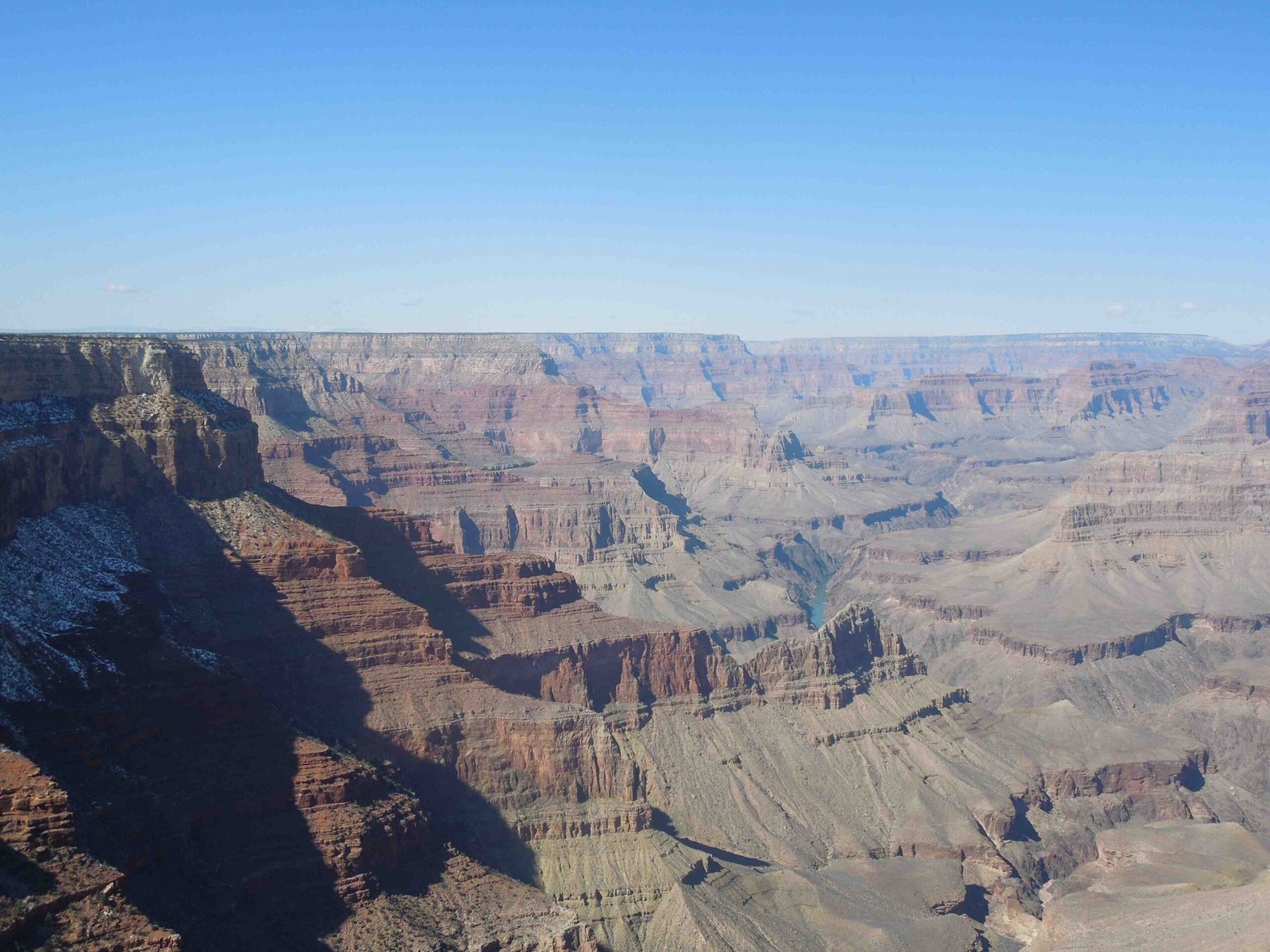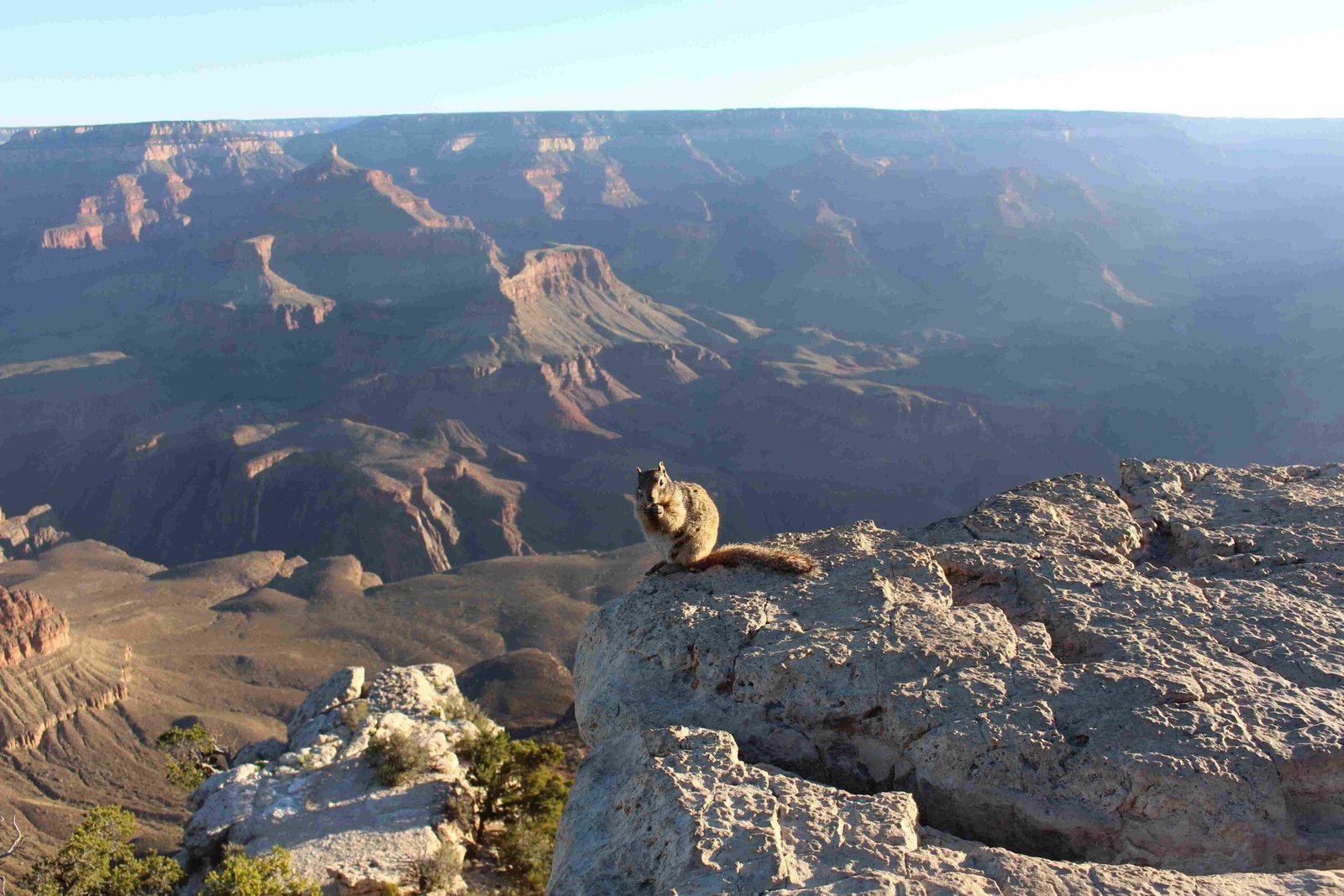Planning a day hike at Grand Canyon National Park can be an exhilarating experience, but understanding the permit requirements is crucial. Contrary to popular belief, day hikers do not need a specific permit to explore the park’s breathtaking trails. This comprehensive guide will walk you through everything you need to know about accessing and enjoying day hikes in this natural wonder, ensuring a safe and memorable adventure.
What Are the Permit Requirements for Grand Canyon Day Hikes?

Day hikers at Grand Canyon National Park enjoy significant flexibility when it comes to permits. Here’s a detailed breakdown of the key considerations:
No Permit Needed for Day Hikes
- Permit Status: No special permit required for standard day hikes
- Nighttime Hikes: Considered as day hikes, no additional documentation needed
- Age Restrictions: No specific age limitations for hikers
Group Size and Special Considerations
| Group Type | Permit Requirement | Additional Notes |
|---|---|---|
| Individual Hikers | No Permit | Free access |
| Groups (12-30 participants) | Special Use Permit (SUP) | Required for organized groups |
| Non-Profit Organizations | Special Use Permit | Needed for extended day hikes |
What Fees Should Hikers Expect?

While day hike permits are free, visitors must be aware of other potential costs:
- Park Entrance Fees
- Required for all park visitors
- Varies based on vehicle type and duration of visit
-
Can be purchased at park entrance stations
-
Optional Expenses
- Parking fees at specific trailheads
- Shuttle service charges
- Recommended gear and supplies
How to Prepare for Your Grand Canyon Day Hike?
Essential Preparation Steps
- Research Trail Conditions: Check current park website for updates
- Weather Verification: Review seasonal climate information
- Safety Gear: Bring appropriate hiking equipment
- Water and Supplies: Carry sufficient hydration and nutrition
- Physical Fitness: Assess trail difficulty against personal capabilities
Recommended Hiking Resources
- Official National Park Service website
- Visitor center information desks
- Ranger station guidance
- Detailed trail maps
- Local hiking forums and community groups
What Are the Best Practices for Day Hiking?
Safety and Conservation Tips
- Stay on designated trails
- Carry emergency communication devices
- Inform someone about your hiking plans
- Respect wildlife and park regulations
- Practice Leave No Trace principles
Seasonal Considerations
- Peak Season: Spring and Fall offer optimal hiking conditions
- Summer: Extreme heat requires extra precautions
- Winter: Limited trail accessibility, potential snow conditions
Additional Hiking Insights
While no specific Grand Canyon day hike permit is required, hikers should prioritize:
- Physical preparation
- Proper equipment
- Understanding trail difficulty
- Respecting park regulations
- Environmental conservation
The absence of a day hike permit makes Grand Canyon accessible, but responsible hiking remains paramount. Thorough preparation transforms a simple walk into an unforgettable wilderness experience.
Pro Tips for Memorable Hiking
- Start early to avoid midday heat
- Carry more water than you think necessary
- Use trekking poles for challenging terrain
- Take frequent breaks
- Capture memories responsibly
Reference:
– National Park Service – Grand Canyon
– Grand Canyon Visitor Information
– Recreation.gov Park Information

